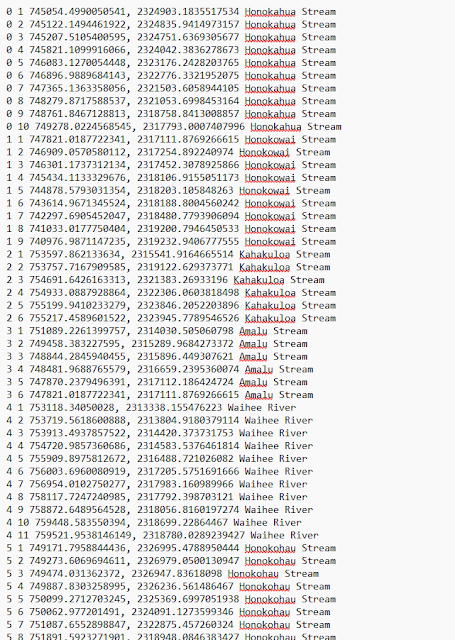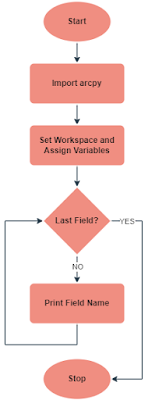Screenshot of Successful Script Result Description of Script The screenshot displays the successful results of my Python script execution. The output includes: 1. Printing Last Name: The name "Klinkhamer" is printed as the last name from the list of names. 2. Dice Game Results: The results of a simulated dice game for multiple players. Each player's roll result is displayed along with whether they won, tied, or lost. For example: Tom rolls a 0 out of 6 and loses. Phillip rolls a 13 out of 14 and wins. Mary rolls a 4 out of 8 and gets a tie. 3. Random Integer List Generation: A list of 20 randomly generated integers between 0 and 10 is shown: [7, 1, 6, 3, 1, 9, 0, 10, 0, 0, 9, 10, 8, 9, 10, 8, 8, 6, 0, 2, 6] 4. Removing an Unlucky Number: The unlucky number 3 is identified and removed from the list. The list after removing the unlucky number 3 is updated and displayed: [7, 1, 6, 1, 9, 0, 10, 0, 0, 9, 10, 8, 9, 10, 8, 8, 6, 0, 2, 6] This output demonstrates the successf




